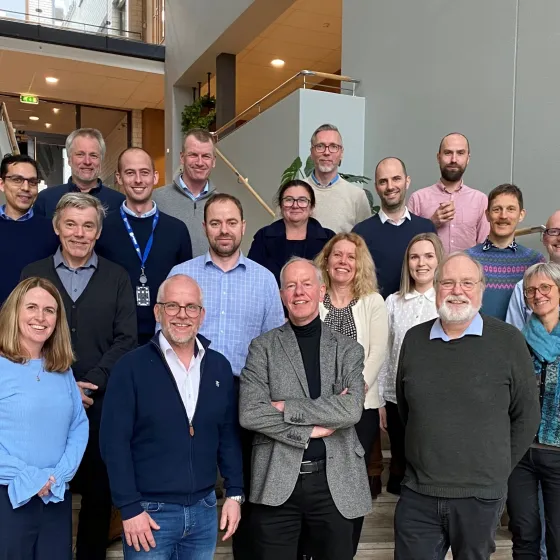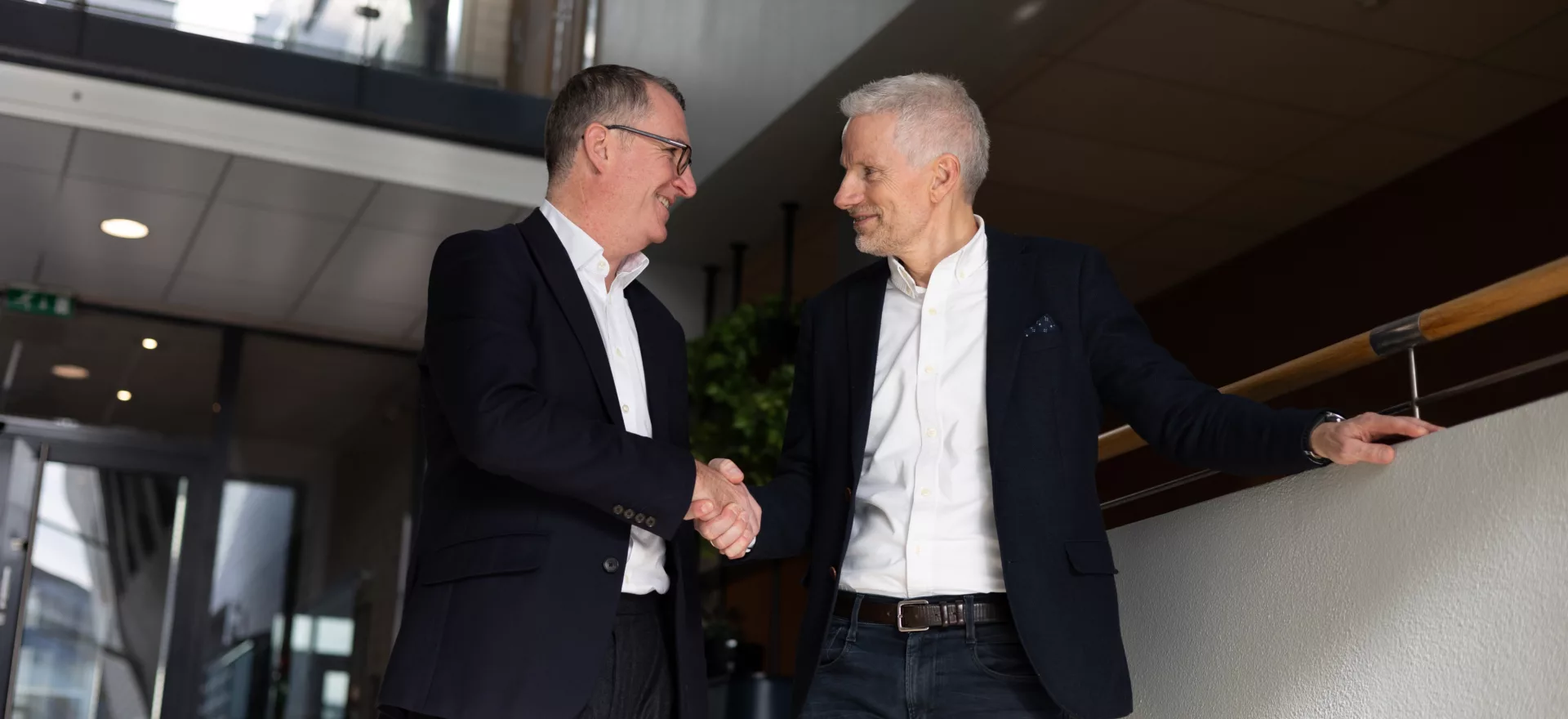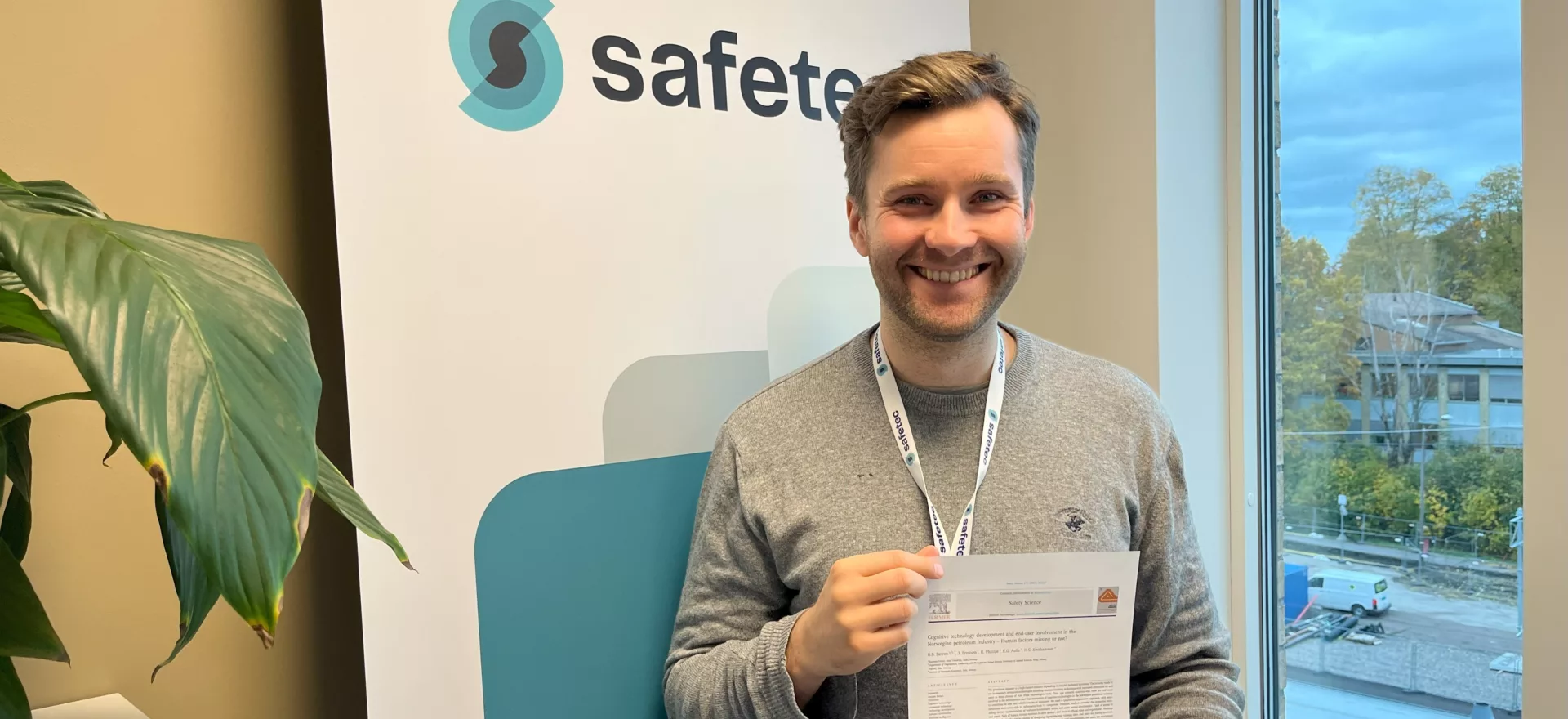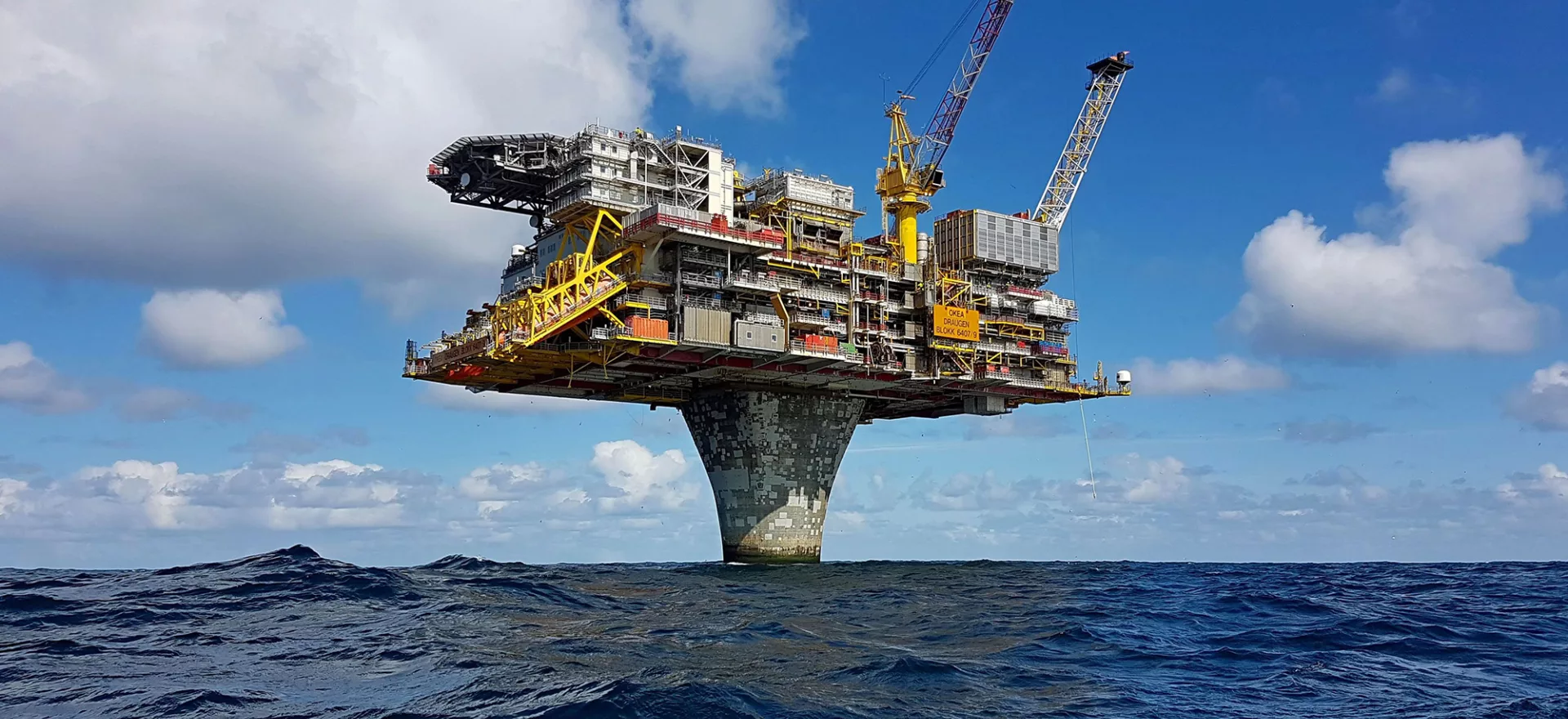
FABIG and the SAFEN JIP gathered leading experts in the field for a 2-day meeting in London late October to discuss the challenges in demonstrating safe design and operation in the renewable industry involving hydrogen, ammonia, and carbon dioxide.
Based on the number of participants and enthusiasm under the panel discussions, this topic clearly concerns many companies around the world. Altogether around 200 attendees participated either physically at the venue in London or through Webcast.
Sharing of data for a deeper understanding of failure
– Risk based decisions are highly dependent on accuracy and completeness of the data used. For a safe upscale of the industry, safer design, and operations, we shall promote experience and knowledge transfer, including learnings from incidents, says Ksenia Zakariyya from Yara.
Yara is one of the SAFEN partners that shares data to the project.
– In the work of improving risk-based models and methods, a key challenge is getting access to data. In SAFEN, we believe that developments in this field are best obtained if the industry work together by sharing knowledge and data, says Ingar Fossan in Safetec.
Fossan was also on stage alongside Linda Fløttum (Safetec), Ksenia Zakariyya and several other SAFEN partners to talk about the results and experiences from SAFEN so far.
Zakariyya highlighted this in her presentation and the importance of openly sharing incident data to develop a deep understanding of failure mechanisms, including human error contribution.

As an industry, we should not compete on safety. We must collaborate and share.
Challenges on model inconsistencies
The title of the FABIG 106th Technical was «Loss of containment and ignition modelling for renewable technologies involving hydrogen, ammonia, and CCS».
SAFEN representatives from Safetec (Linda Fløttum and Ingar Fossan), Proactima (Jo Wiklund), Vysus Group (Kees van Wingerden), Gexcon (Ørjan Knudsen) and DNV (Marius Fernander and Tom Arne Bakken) openly shared findings and risk models from Phase 1 of the project, and experts outside the JIP gave interesting additional perspectives.
The final presentation of the seminar brought the current challenges on model inconsistency into the limelight. Ingar Fossan and Brian Ehrhart (Sandia) together presented their findings from a detailed comparison of the SAFEN and HyRAM+ LoC models. The differences in model results demonstrated the need for further collaboration across industry to achieve a higher level of consistency.
– The demonstrated deviations must be understood to land unified approaches aligned with the underlying factors driving failure and ignition mechanisms in renewable technologies, says Ingar Fossan.
Him and the rest of the SAFEN team were happy to see so many people attending the meeting, both live and though webcast.
– Many participants shared their insight, and we received many good comments that we will take into consideration in the continuation of the SAFEN work in Phase 2, says Fossan.
Facts about SAFEN:
SAFEN is a Joint Industry Project (JIP) where 15 partners work together to:
- Close knowledge gaps in understanding failure mechanisms, hazards, and accident situations in renewable technologies involving hydrogen, ammonia, and CCS (carbon capture and storage).
- Develop risk-based methodologies for hydrogen, ammonia, and CCS facilities.
- Set up an environment for sharing of knowledge and data that enables continuous development of best practices for safe design technologies under the scope.
The partners include consultancies, energy companies / asset owners, technology providers, and authorities.
SAFEN Phase 1 started in March 2022 and was completed in August 2023.
Phase 2 of the project was kicked off this fall and is planned to be completed in 2025.






